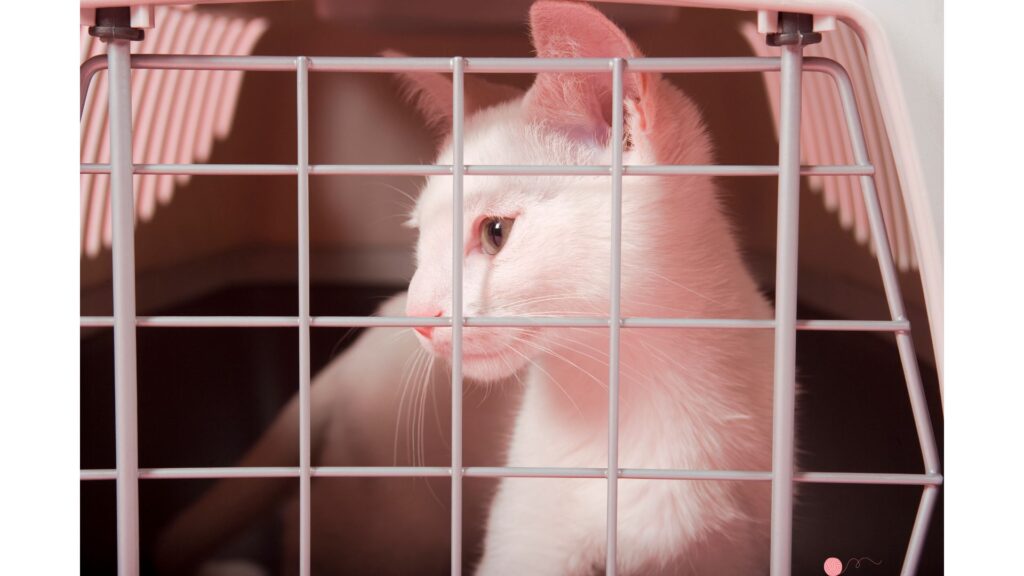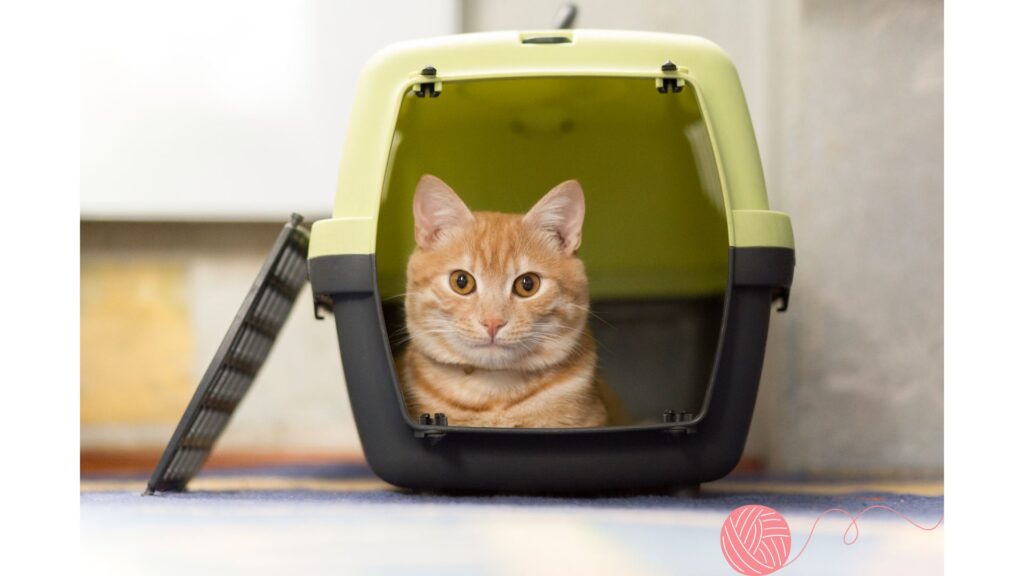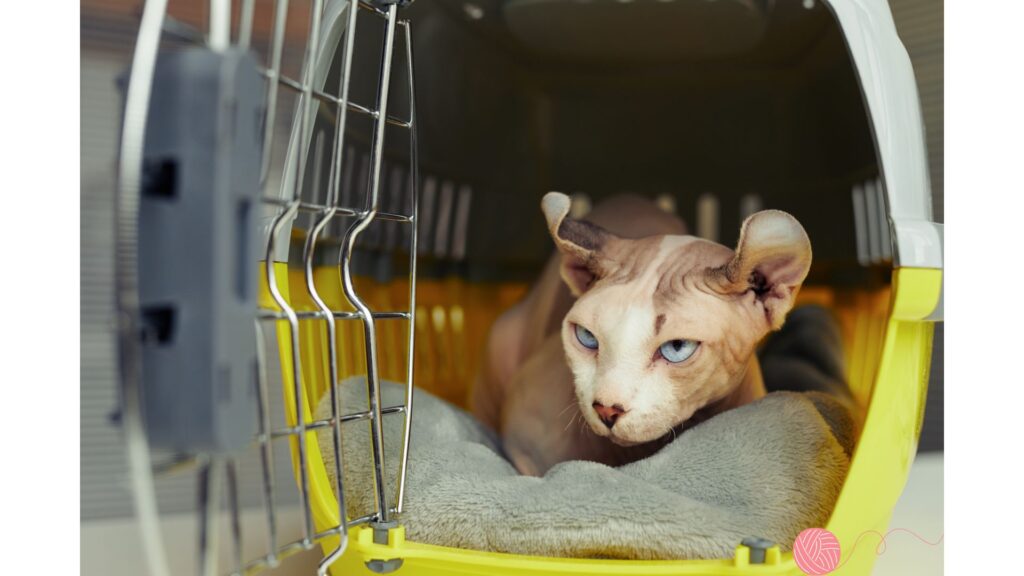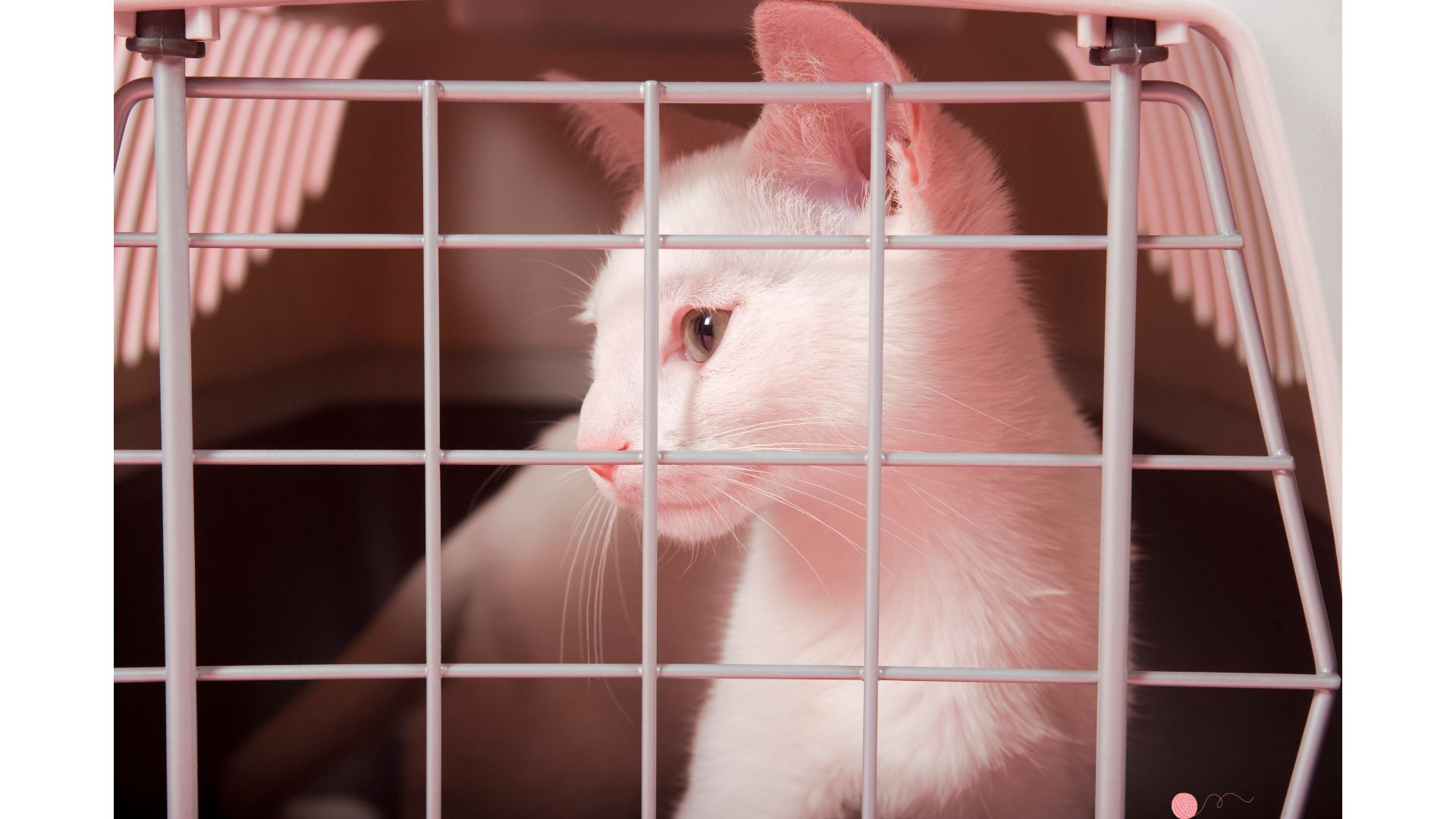
Cats are creatures of comfort and mastery of their domain. Introducing a crate into their environment often feels like a clash of wills – a battle between feline independence and human necessity. Whether for vet visits, travel, or safekeeping, the process of crating a cat can be fraught with anxiety and resistance. This post sets out to demystify this seemingly contentious relationship between cats and crates, offering strategies for peaceful coexistence.
Understanding the Feline Perspective
For cats, the crate represents confinement and control, two things that are in direct opposition to their natural desires for freedom and autonomy. Unlike dogs, most cats are not den animals and thus may not see crates as a haven. Their territorial instinct makes them especially sensitive to being placed in a confined space, particularly one that moves or is within an unfamiliar setting.
The Challenges of Cat Crating
Attempting to crate a cat can often lead to stressed pets and frustrated owners. Cats associate the crate with negative experiences, such as a trip to the vet, and may respond with evasion, aggression, or fear. This not only poses difficulties in the moment but can lead to long-term aversions that make future crating even harder.
Strategies for Successful Crating
Keep it Gradual
The key to overcoming crate-clash is to remove the negative stigma and create a neutral or positive association with the crate. Start by placing the crate in your cat’s favorite area with the door open and a cozy blanket inside. Allow your cat to explore and enter on their own terms.

Positive Associations
Encourage curiosity and relaxation by placing treats and toys inside the crate. Feed your cat near the crate, gradually moving the food inside to create a routine around and inside the crate.
The Right Crate
Choose a crate that’s spacious and easy to clean. It should be large enough for the cat to stand, turn around, and stretch out comfortably. Soft-sided crates generally feel less confining to cats and may be easier for you to carry.
Practice Makes Purr-fect
Once your cat is comfortable with the crate’s presence, conduct practice runs. Close the door for short periods while at home to desensitize your cat to confinement. Gradually increase the duration over time.
Traveling Tips
On travel days, place familiar bedding or clothing with your scent inside the crate. Covering the crate with a light cloth can also reduce stress by shielding your cat from the chaos of travel.
Overcoming Resistance
During the training process, remain calm and never force your cat into a crate. This can backfire significantly and reinforce their fear. If you encounter resistance, take a step back in the training process and proceed at a slower pace.
The Vet
Since vet visits are the most common reason for crating, introduce practice runs that end in pleasant experiences rather than trips to the vet. This could be as simple as a crate-based snuggle session or playtime after a few minutes of confinement.
Harnessing the Power of Patience
Crate training a cat is often a game of patience and incremental victories. Punishment or impatience will unravel your efforts. Celebrate small wins and understand that the process is a gradual one.
Transforming the cat-crate clash into a partnership is possible with the right approach. Through progressive training, a bit of psychology, and lots of patience, crates can become another familiar part of your cat’s world, rather than an object of dislike. It’s all about helping your furry friend understand that the crate is not the enemy but rather a temporary space that ultimately keeps them safe and secure.





